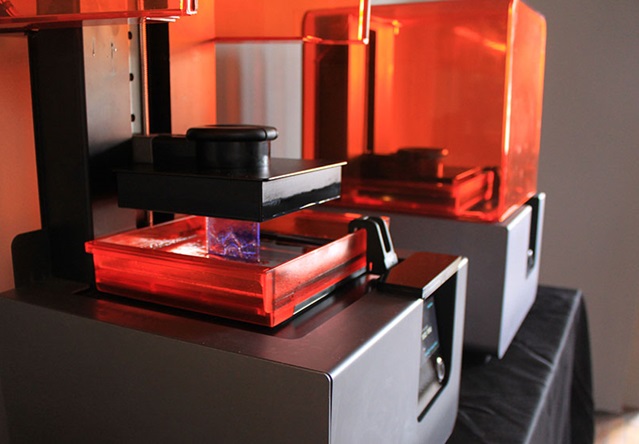When it comes to planning an event—whether it’s a wedding, birthday, corporate function, or baby shower—your invitations set the tone. They’re the first glimpse guests get of your event’s theme, style, and overall vibe. With so many printing options available today, one of the biggest choices you’ll need to make is between digital printing and offset printing.
Both methods offer unique advantages and drawbacks, depending on your budget, design needs, and the scale of your event. And if you’re working on a smaller budget, you can even consider creating a useful printable invitations for free to test out your designs before investing in professional printing.

Let’s break down the pros and cons of each printing method so you can make the best decision for your event.
What is Digital Printing?
Digital printing is the modern method of producing invitations using high-resolution printers. Instead of creating plates (as in offset printing), digital printers transfer your design directly onto the paper. This makes it quick, flexible, and perfect for small-batch printing.
Pros of Digital Printing:
- Cost-Effective for Small Quantities
Digital printing doesn’t require setup costs, making it affordable if you only need 50 or 100 invitations. - Fast Turnaround Time
Since there’s no need for plate-making or complex setup, your invitations can be printed within hours or a couple of days. - Flexible Customization
Personalization is easy with digital printing. You can customize guest names, colors, or even designs without starting from scratch. - Vibrant Colors for Modern Designs
Digital printers handle detailed graphics and vibrant colors well, making them ideal for trendy or contemporary invitation styles.
Cons of Digital Printing:
- Limited Paper Choices
Some digital printers cannot handle very thick or textured paper, which may limit your design options. - Less Economical for Large Runs
If you need 500+ invitations, the cost per unit with digital printing can be higher than offset printing. - Color Inconsistencies
While the colors are vibrant, they can sometimes vary slightly across prints, which may be noticeable in larger batches.
What is Offset Printing?
Offset printing is a traditional method where your design is transferred onto metal plates, then onto a rubber blanket, and finally applied to the paper. Though more complex, this method is still considered the gold standard for high-quality prints.
Pros of Offset Printing:
- Superior Print Quality
Offset printing provides crisp, professional results, especially for intricate typography and fine details. - Economical for Large Runs
If you need hundreds or thousands of invitations, offset printing reduces the cost per unit significantly. - Wider Range of Paper and Finishes
Offset presses can handle thick, textured, and specialty papers, as well as metallic inks, embossing, and other luxurious finishes. - Consistent Color Accuracy
Offset printing ensures that every invitation looks identical, perfect for formal events like weddings or galas.
Cons of Offset Printing:
- Higher Setup Costs
Because plates need to be made, offset printing isn’t economical for small quantities. - Longer Turnaround Time
The setup and drying process can take several days to weeks, so it’s not ideal for last-minute projects. - Less Flexible for Personalization
Customizing individual invitations is challenging with offset printing since each plate is created for one fixed design.
Which One Should You Choose?
The decision between digital and offset printing largely depends on your priorities:
- Choose Digital Printing If:
- You’re ordering a small batch of invitations.
- You need them quickly.
- You want to personalize each invitation.
- Your design relies heavily on vibrant graphics or photographs.
- Choose Offset Printing If:
- You need a large number of invitations.
- You want premium finishes or textured paper.
- You’re hosting a formal event and want consistent, professional quality.
- Your design uses spot colors, metallics, or embossing.
Pro Tip: Try Before You Print
If you’re still unsure which printing method works best, consider making a few test designs. Many online tools allow you to design and download printable invitations for free, so you can experiment with layouts, fonts, and colors. Once you’re happy, you can decide whether digital or offset printing makes sense for your budget and event.
Final Thoughts
Both digital and offset printing have their place in the world of invitations. For small, personalized, or quick-turnaround projects, digital printing shines. For larger events where quality and consistency are key, offset printing is unmatched. By weighing your priorities—cost, quality, customization, and time—you’ll be able to choose the best method for your invitations and set the perfect tone for your event.

